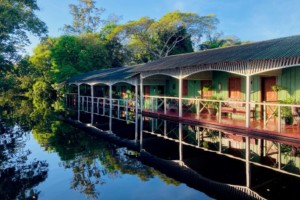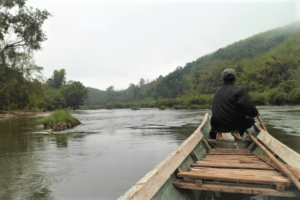Planning a trip to Colombia? Here’s why you should visit the coffee region
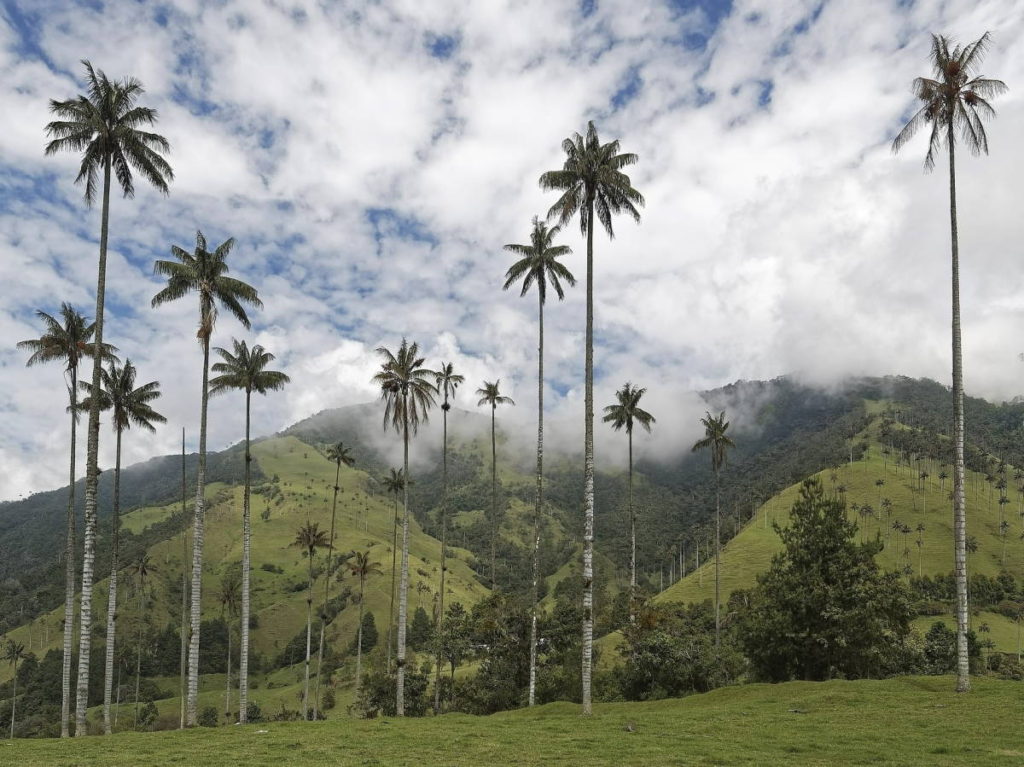
The various regions of Colombia are vastly different from each other.
Travellers looking to avoid ‘overtourism’ and embrace ‘authenticity’ should consider exploring the nation’s coffee-growing region in the Andes Mountains.
During my two and a half weeks in Colombia, August 2022, I visited that region, as well as the cities of Medellin and Cartagena.
Here are some reasons (aside from the coffee) for why I would advise travellers with limited time to focus on the Colombian Andes and only one of those two cities:
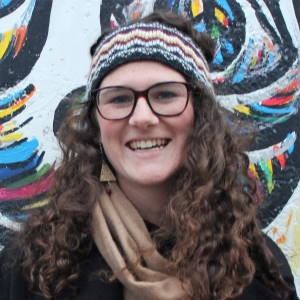
The inside track
Annaleigh Bonds is “a B2C marketing strategist, outdoor enthusiast, and advocate for responsible travel”. She blogs at The Responsible Adventurer. Also find her on Instagram.
“GT” Partner CABI Tourism Cases invited Annaleigh to share a “GT” Travel Experience.
Medellin is a must-see
I started my trip in the inland Andean city of Medellin and I am thankful that I did.
The city is beautiful, interesting, and a lot of fun.
It was a great place to get introduced to Colombian culture and history, and a wonderful place to meet other travellers since it has a large expat community.
Many people who have travelled the whole country claimed it as their favourite city and I could see why.
With an innovative transportation system, a wide variety of restaurants and bars, charming neighbourhoods, and a vibrant creative scene, Medellin is hard not to enjoy.

Cartagena is best avoided
While the Caribbean coastal city of Cartagena boasts a charming Spanish-colonial old town, the beautiful Rosario islands, and an Afro-Caribbean culture, it is in no way a best-kept secret among tourists. And it shows.
I enjoyed my time in Cartagena, but I also felt a bit guilty being just another tourist in this already over-crowded city.
Cartegena is notorious for robberies (mostly cell phones). Crime more generally seems to be increasing in the city, according to Eddy, my walking tour guide.
Jardín is immersive
Jardín is a small yet mighty Andean town.
Tucked away in the mountains, it is remote and unique. It’s the kind of place I imagine going to if I want to get ‘off-the-beaten path’.
The town’s name means ‘garden’ in Spanish, and that couldn’t be a better descriptor of the place. There were no tall buildings, except for the Catholic church at the centre of the town square.

The square is a large and lively community and social hub, with many bars and restaurants surrounding it.
When I was in Jardín, the town was filled with locals and Colombian visitors, giving it an authentic feel. It was fun to see locals and visitors alike gather for beers, dance in salons, and trot around on horses wearing their sombreros.
The local people seemed happy and healthy, and intent on preserving their culture. I felt a strong sense of community here.
Despite an apparent obsession with pizzerias and European food, there were no western-style restaurants, cheap souvenir shops, or tacky tourism agencies in Jardín.
Businesses seemed focused and thoughtful, prioritising quality over quantity.
Jardín has a way of preserving its space and I hope it remains this way. Tourists can expect to immerse themselves in an authentic Colombian culture here. I would encourage them to respect the town and environment when visiting, just as the locals do.
For nature lovers, Jardín serves as a base for nature-based activities. There are many waterfalls and hiking trails in the area. The best part; there were very few people.
Cocora Valley is worth the trip
From Jardín, you can take two different buses to the small town of Salento; another mountain town in the Colombian Andes.
Salento is more touristy than Jardín, but beautiful on its outskirts.
The town is famous for Cocora Valley, land of the wax palms. It lived up to the hype; an incredibly unique landscape and one I’m thankful to have seen.
There are a variety of ways to explore the valley including trekking, mountain biking, and horseback riding.
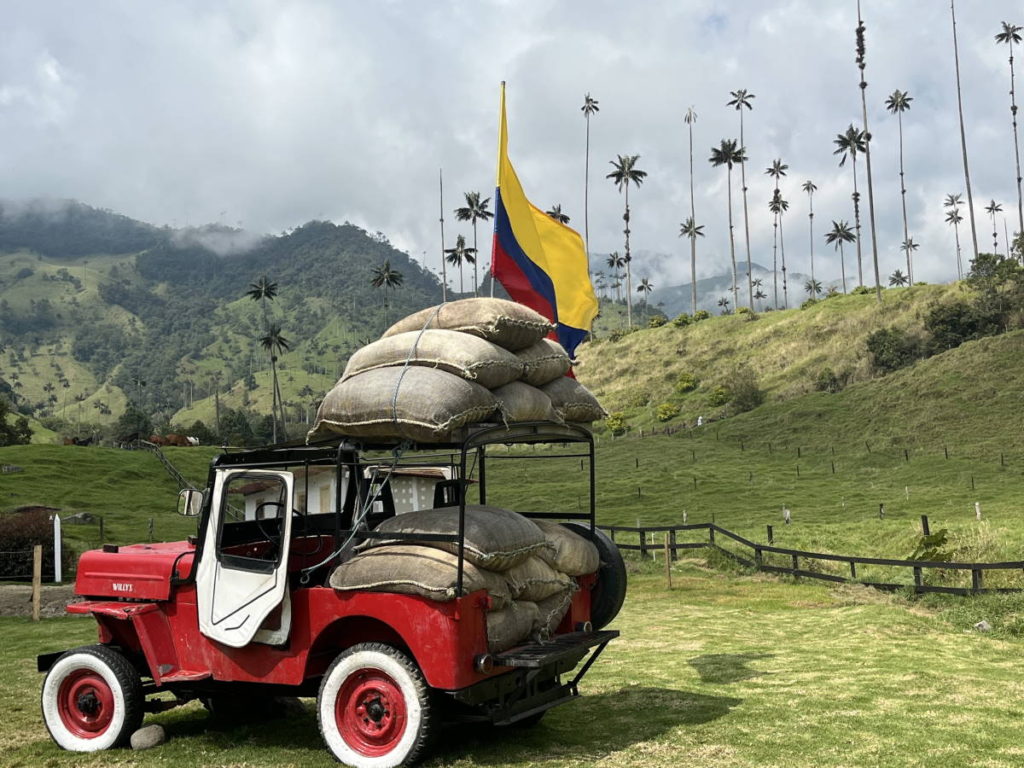
The town is also known for coffee tours, but, according to one of my guides, coffee isn’t even the area’s biggest export. It’s potatoes. Who would’ve thought?
The scenery does make for some idyllic coffee tours, though, so if you have your heart set on doing one, you won’t be disappointed.
The Colombian Andes region is vibrant, diverse, and peaceful.
I met wonderful people (both locals and travellers) and found the activities to be a perfect balance of adventure and culture.
If you’re wanting to get off-the-beaten path for your Colombia trip, consider the coffee-growing regions in the Andes.

The mountains are calling.
Featured image (top of post): The wax palms of Cocora Valley in the Colombian Andes. Image by Makalu (CC0) via Pixabay.
Where is this?
The pin representing this “GT” Travel Experience on the map below points to Cueva del Esplendor, which Annaleigh describes as “a waterfall outside of the town of Jardin, Colombia that involves a decent trek to get to”. “Not only is the waterfall one of the most unique I’ve seen, but the hike to it is also really beautiful and lush.”


